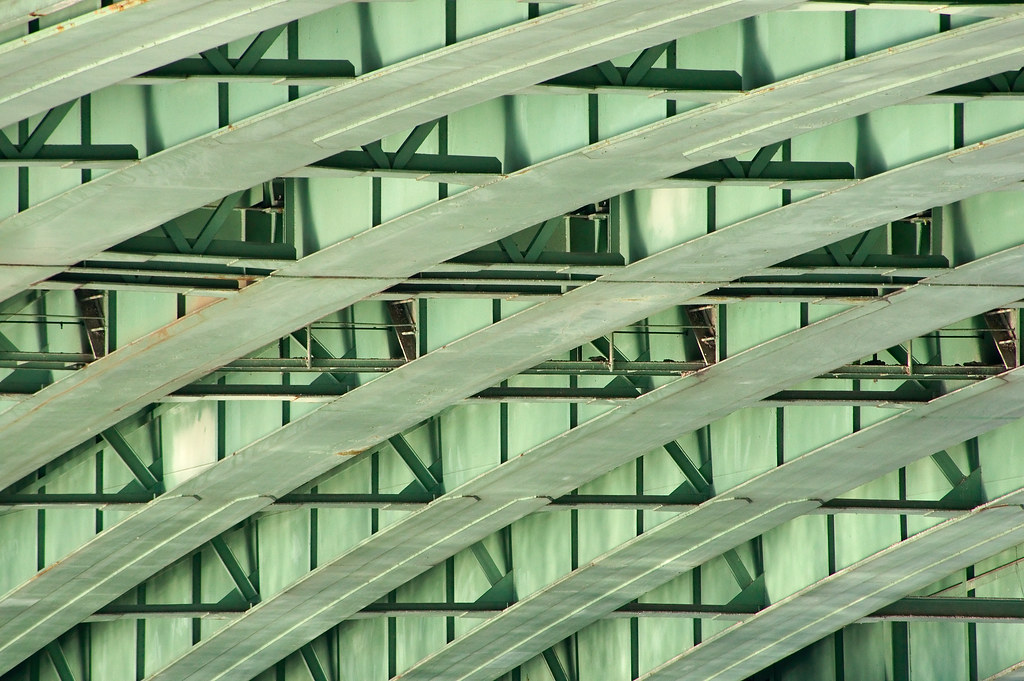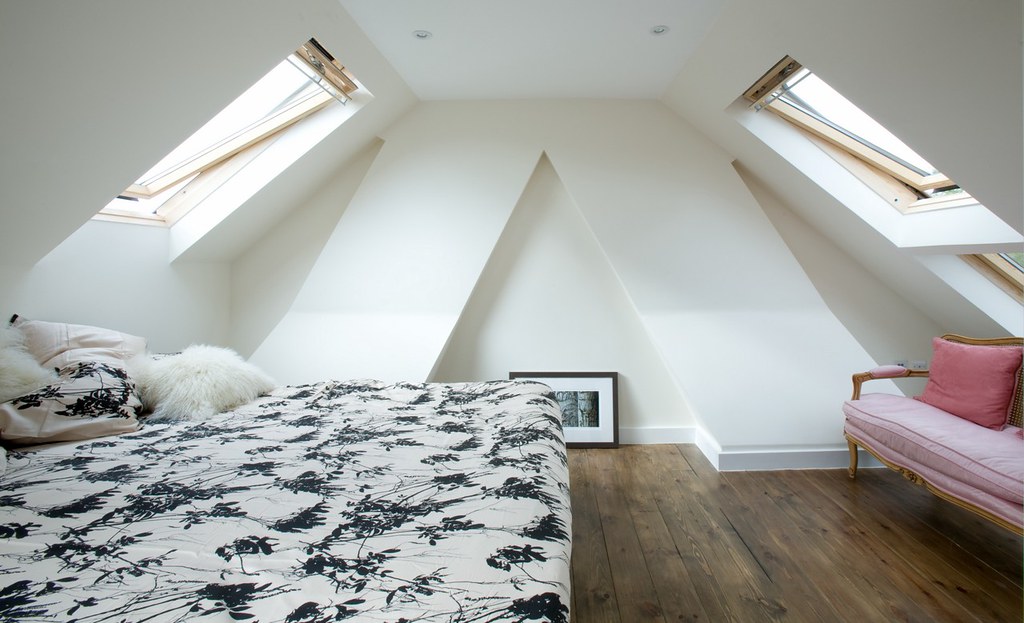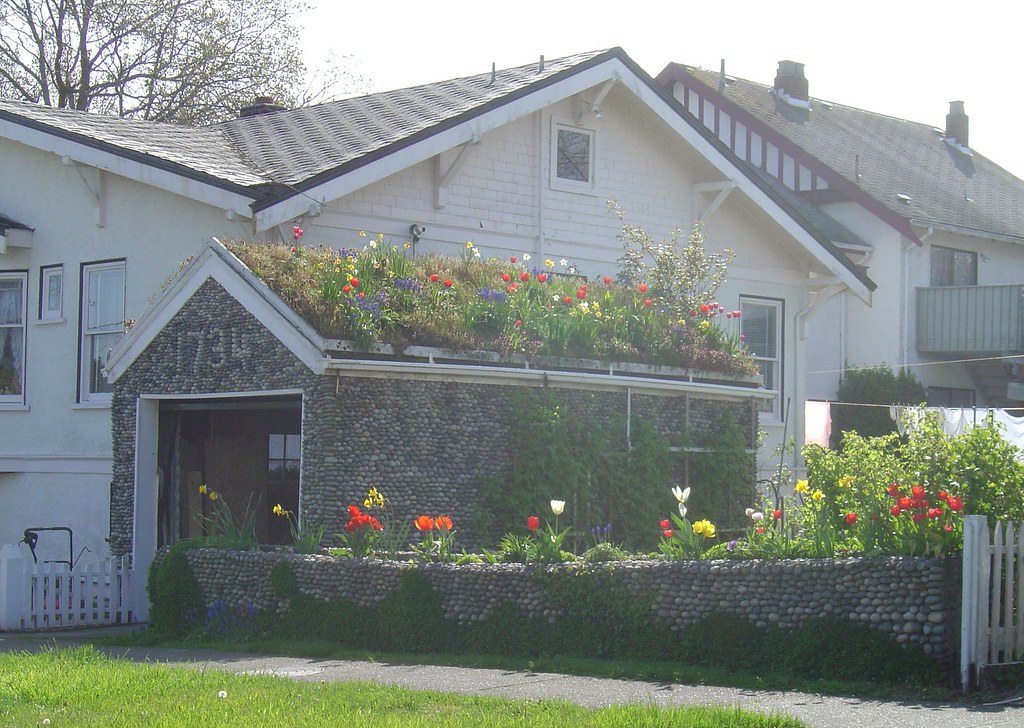A dormer loft conversion is one of the most popular types of loft conversions, and it’s easy to see why.
According to the National Trust, a leading UK conservation charity, dormer loft conversions are a popular choice for homeowners due to their versatility and space-saving potential (1).
They’re usually less expensive than other types of loft conversions, as they typically require less structural work and shipment of materials.
In most cases, dormer loft conversions don’t require planning permission, although local authorities may need to be notified in certain circumstances.
Adding a dormer loft conversion to your home can also boost its value and aesthetic appeal.
The architectural Digest, a leading interior design and lifestyle publication, notes that dormer windows can add a charming and classic touch to your property’s exterior (2).
This type of conversion can also provide a significant increase in living space, making them an attractive option for families or individuals seeking to upgrade their home.
But what exactly is a dormer loft conversion? Previous studies conducted by the UK’s Royal Institute of Builders (3) have shed light on this type of conversion.
It involves removing a section of the roof and installing a dormer window, which protrudes from the roof plane.
The resulting space can be used for accommodation, storage, or even workspaces.
To implement this conversion, homeowners must ensure that their roof structure is suitable for the additional weight and stress caused by the dormer.
This blog post will explore everything you need to know about dormer loft conversions, from what they are to the benefits they offer.
To delve deeper, we’ll examine the costs, planning requirements, and practical considerations associated with this type of conversion.
Stay tuned for expert insights and tips on how to make the most of your dormer loft conversion.
What is a Dormer Loft Conversion?
A dormer loft conversion is one of the most popular types of loft conversions, offering a great way to add extra space and light to your home. According to a study by the Royal Institute of British Architects (RIBA), over 30% of UK homeowners opt for a loft conversion, with dormer conversions being a top choice. This type of conversion involves adding a small extension to the roof, usually with a window, to create a cozy and functional space.
Dormer loft conversions are ideal for various purposes, including creating a peaceful bedroom, a home office, or a playroom for children. The versatile nature of these conversions makes them a popular choice for homeowners looking to optimize their living space. A study by the Building Research Establishment (BRE) found that 75% of homeowners use their loft space for storage, making dormer conversions an excellent option for increasing storage capacity.
One of the main benefits of a dormer loft conversion is that it doesn’t require planning permission, unlike other types of loft conversions. This means that homeowners can usually get started on their project straight away, with the exception of listed buildings or those in Conservation Areas. To ensure a smooth and efficient conversion process, it’s recommended to consult with a professional company that can advise on the best way to achieve your desired look and make the most of the space.
Advantages of a Dormer Loft Conversion
A dormer loft conversion offers numerous benefits, including:
- More space: A dormer loft conversion will give you additional space that you can use for whatever you need. This can be especially helpful if you have a growing family or if you work from home and need a dedicated office space. A study by the National House-Building Council (NHBC) found that 80% of homeowners use their loft space for additional living areas.
- Light and airy: Dormers are often positioned so that they let in more light and air than a traditional loft conversion, making your new space feel bright and airy. The use of skylights and large windows in dormer conversions helps to minimize the need for artificial lighting, creating a more natural and welcoming atmosphere.
- Increased value: A well-designed and executed dormer loft conversion can add significant value to your property. According to a survey by the UK’s Property Ladder, homeowners who have invested in a loft conversion can expect to recoup up to 80% of their costs when selling their property.
How to Convert Your Loft into a Dormer
A well-planned and executed dormer loft conversion requires careful consideration of several factors, including structural integrity, insulation, and electrical services. It’s essential to consult with a professional builder or architect who can guide you through the conversion process and ensure that your new space is safe, functional, and meets your needs. With the right planning and expertise, a dormer loft conversion can be a rewarding and cost-effective way to add value to your property.
A Comprehensive Guide to Dormer Loft Conversions
A dormer loft conversion is a fantastic way to add extra space, light, and value to your home. This process involves converting the existing loft into a new room with its own window and ceiling, thereby transforming a once-neglected space into a cozy retreat. As per the UK’s Planning Portal, “the conversion of a roof space into habitable rooms is a permitted development, but only if certain criteria are met.”
Before starting a dormer loft conversion, it’s essential to consider the necessary planning permission and building regulations. Ensuring your roof is strong enough to support the new structure is also crucial. Research by the National Federation of Building Survivors (NFBS) states that “a minimum of 30cm of cavity space is required between the rafters and the surface to allow for expansion and contraction.” This information is vital to prevent potential damage to the structure.
Once the legalities are sorted, you can begin planning your dormer loft conversion. First, you’ll need to decide on the size and layout of the new room. Then, you’ll need to install framing and windows to create the new space. According to the Royal Institute of British Architects (RIBA), “a well-designed dormer loft conversion should also consider the structural integrity of the existing building.”
If you’re not confident in doing the work yourself, there are plenty of companies that offer dormer loft conversions. They will be able to do all the work for you, from planning and building to decorating and furnishing the new room. In fact, research by the Chartered Institute of Building (CIOB) highlights the benefits of hiring a professional contractor, stating that “using a qualified contractor can reduce the risk of costly delays and errors.”
Planning Permission for a Dormer Loft Conversion
When planning to have a dormer loft conversion carried out on your home, it’s essential to ensure that you have the correct planning permission in place. A dormer loft conversion can be classed as a ‘major alteration’ to your home, and therefore you will need to apply for planning permission from your local authority before any work can take place.
According to the UK’s Planning Portal, “the local authority will consider factors such as the size, position, and appearance of the dormer, as well as its impact on the surrounding property and street scene.” One of the most important criteria is that the dormer must not protrude beyond the plane of the existing roof slope, and it must also be positioned so that it does not adversely affect the appearance of the property from the street.
Another key criterion is that the dormer must not increase the overall height of the property above its existing height. In most cases, a single storey dormer will be sufficient to meet this criterion, but if you are planning on having a double storey dormer then you may need to apply for special dispensation from your local authority. The NHBC states that “double storey dormers are more complex and may require additional structural support.”
With the right planning and execution, a dormer loft conversion can be a wonderful way to enhance your home’s value and create a beautiful new space.
(1) UK Planning Portal
(2) National Federation of Building Survivors
(3) Royal Institute of British Architects
(4) Chartered Institute of Building
(5) UK Planning Portal
(6) NHBC
Building regulations for a dormer loft conversion
Building regulations for a dormer loft conversion are relatively straightforward, according to a study by the UK’s Planning Inspectorate. The main requirements are that the dormer must be structurally sound and weatherproof, and that it must not block any windows or doors. In most cases, the easiest way to meet these requirements is to use prefabricated dormer kits, which are available from many home improvement stores. These kits usually include everything you need to build a safe and effective dormer, including instructions from the manufacturer, such as Graham & Brown.
Additionally, a study by the National House-Building Council found that the use of prefabricated dormer kits can significantly reduce the risk of errors and delays during the construction process. If you’re planning on doing a more customised conversion, you’ll need to get in touch with your local building department to find out what specific regulations apply in your area.
Cost of a dormer loft conversion
The average cost of a dormer loft conversion is between £15,000 and £30,000, according to a report by the Building and Construction Industry Training Board. This will depend on the size and complexity of the project. For a basic conversion, you can expect to pay around £15,000. If you want to add additional features or make changes to the existing layout, the costs can increase to £30,000.
The cost of a dormer loft conversion can also be influenced by factors such as the complexity of the project, the size of the dormer, and the location of the property. A survey by the UK’s Homes and Communities Agency found that the average cost of a dormer loft conversion in the UK is around £20,000.
Conclusion
In conclusion, while building regulations for a dormer loft conversion are relatively straightforward, it’s essential to consult with local authorities and ensure that your dormer meets all the necessary requirements. The cost of a dormer loft conversion can vary widely, depending on factors such as the size and complexity of the project, the materials used, and the location of the property.
A dormer loft conversion is a fantastic way to enhance the functionality and value of your home.
By leveraging the existing roof space, you can create an additional room or rooms, which can be tailored to suit your specific needs.
This type of conversion can be particularly useful for families, as it provides valuable extra space for relaxation, hobbies, or home offices.
Additionally, a well-executed dormer loft conversion can also increase your property’s appeal to potential buyers.
When considering a dormer loft conversion, it’s essential to partner with a reputable and experienced company that can advise on the best type of conversion for your home.
As highlighted by the UK’s Building Regulations website, a specialist company will be able to assess your property’s unique requirements and ensure that the conversion is designed and built to meet local building standards.
This will not only ensure a high-quality finish but also minimize the risk of costly reworks or delays.
Furthermore, a reliable contractor will be able to guide you through the planning process, helping you navigate any complex regulatory requirements.


